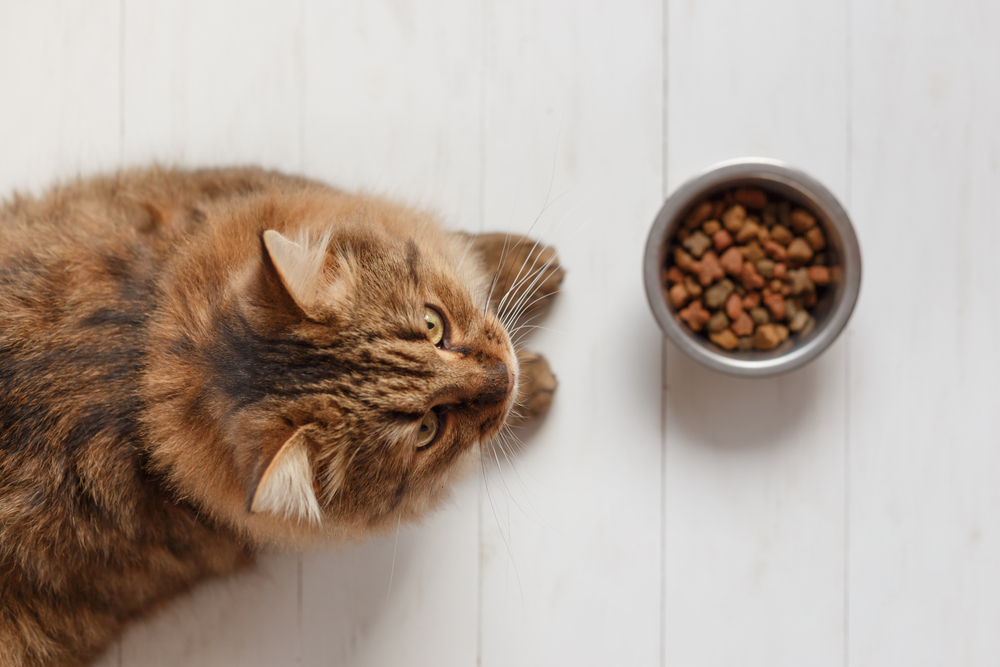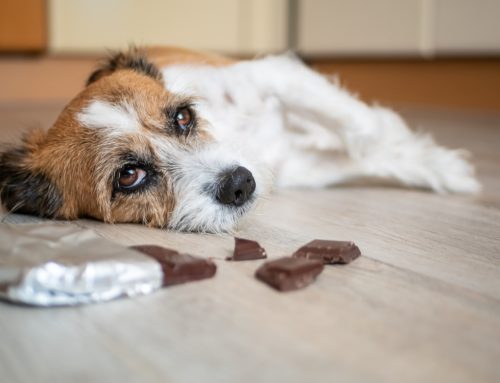Before you know it, your squirming puppy or snuggly kitten is looking back at you with milky eyes and a grey muzzle. Their once bouncy gait is suddenly tottering, and their good behavior a bit lapsed, but their tail still wags, and their purr still rumbles when you whisper in their ear.
Pets are hard-wired for resilience and survival, often hiding illness, weakness, and pain signs from their owners until their condition is severe. And, because we have a deep emotional attachment for our pets, we find that recognizing when they are struggling and when the time is right to say goodbye is extremely difficult.
Use the following Driftwood Animal Hospital quality of life (QOL) guide to recognize and understand your aging pet’s health, happiness, and comfort.
What is quality of life for pets?
QOL is a subjective measurement that describes a pet’s day-to-day wellbeing, including their physical, mental, and emotional health. QOL insights can help emotional pet owners and caregivers make more objective observations about their pet’s welfare and prognosis, and find peace in difficult end-of-life decisions, such as hospice and humane euthansia.
When should I assess my pet’s quality of life?
QOL is often assessed when pets are suffering, in pain, or approaching the end of their natural lives. However, you can begin periodic assessments after any significant health change, such as a chronic illness diagnosis, an unexpected change in physical condition, or indications that a pet’s mobility or cognition is declining. Perform serial assessments quarterly or monthly to track your pet’s wellbeing and to observe trends or patterns that may signal that intervention is necessary.
How can I assess my pet’s quality of life?
QOL has no set definition and can mean different things to different people. Like humans, pets are individuals with unique lifestyles and preferences, so some QOL questionnaire sections or a checklist must be personalized to your pet.
Although many great ready-to-use QOL resources are available, the Driftwood Animal Hospital team generally recommends the HHHHHMM scale for pet monitoring and end-of-life decision making. This veterinarian-designed tool was developed to help pet owners make informed decisions based on their ability to provide their pet’s care needs and maintain or attain for them a good QOL.
The HHHHHMM scale for pets

Each letter in the HHHHHMM acronym represents a basic need or freedom for pets. Each of the seven criteria is scored from 0 to 10, with zero unacceptable and 10 excellent. Total scores below 35 indicate a poor QOL. The criteria include:
- Hurt — Pain may be a part of life, but as our pet’s care providers, we are responsible for eliminating or minimizing their pain whenever possible with therapeutic measures (e.g., medication, treatment, environment). Although pain is most often associated with joint conditions (e.g., arthritis), other forms, including respiratory distress, must be considered. Pets with uncontrollable, unmanageable pain have a poor QOL.
- Hunger — Although some pets are lifelong picky eaters, healthy senior pets should have a consistently strong appetite. Inappetent pets, which may be because of underlying disease, nausea, or poor sensory or cognitive function, can experience rapid weight loss, malnutrition, and health decline. If medication cannot stimulate their appetite, artificial measures (e.g., feeding tubes) may be necessary to prevent malnutrition.
- Hydration — Dehydration causes pets to feel weak, tired, and disoriented. If your senior pet isn’t drinking enough water or is losing fluids because of a medical condition, subcutaneous fluid therapy may be recommended. This requires ongoing at-home care or regular trips to Driftwood Animal Hospital and can be time-consuming or stressful for some pets and owners.
- Hygiene — Painful, debilitated pets often need their owner’s assistance with basic hygiene and grooming. Urine or fecally incontinent pets require diligent daily care to prevent skin irritation and infection. Immobilized or weak pets must be regularly repositioned to prevent painful pressure sores.
- Happiness — Pets are considered happy when they desire human attention, show interest in their environment, and respond positively to their favorite things and people. Disconnected or depressed pets may isolate themselves or be irritable or aggressive.
- Mobility — Independent mobility is important for pet confidence and general satisfaction. As a general rule of thumb, pets should not need much assistance to reach their elimination area. Impaired or altered mobility can negatively impact a pet’s emotional state and cause frustration, depression, and behavior change. Assistive devices (e.g., wheeled carts, harnesses, boots, slings) can be helpful, but still require owner support and supervision.
- More good days than bad — For a pet to have a good QOL, their good days should consistently outnumber the bad days. We recommend tracking your pet’s days on a calendar to identify their patterns. More than three consecutive bad days is generally an early warning that your pet’s QOL is diminishing.
What if my pet’s quality of life score is low?
Although the QOL scale is scored cumulatively, our veterinarians recommend scheduling an examination for any pet receiving a low score (i.e., 5 or below) in more than one category. At this stage, therapeutic intervention is still possible, and may improve and extend your pet’s QOL.
If you are concerned about your pet’s QOL, contact the Driftwood Animal Hospital team to schedule an appointment to discuss compassionate end-of-life care for your pet.








Leave A Comment